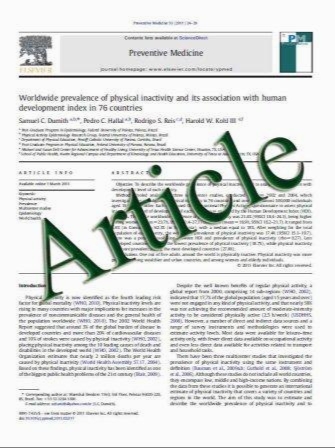FoxOs: Unifying Links Between Oxidative Stress and Skeletal Homeostasis
- نوع فایل : کتاب
- زبان : انگلیسی
- مؤلف : Stavroula Kousteni
- چاپ و سال / کشور: 2011
Description
Several mechanisms contribute to the decline of all physiologic functions during aging. As a consequence, disease incidence increases with age. Central to this multifactorial process is the increase in oxidative stress levels, which correlates with age-related disease pathogenesis in animal models and in humans. Accordingly, skeletal aging and aging-related bone diseases are also associated with accumulation of reactive oxygen species. In a variety of organs, including the skeleton, mutations in components of antioxidant defense pathways have been found to lead to progressive degenerative diseases. The molecules involved are highly conserved, can sense and respond to increases in oxidative stress levels, alterations in energy status, DNA and protein damage, and they all have a common transcriptional target, the FoxO family of Forkhead transcription factors. Oxidative stress promotes both the transcriptional activity and protein stability of FoxOs. In turn, activated FoxOs promote antioxidant defense by controlling the expression of genes involved in the oxidative stress response, DNA repair, cell cycle, and apoptosis. Among the FoxO isoforms, FoxO1 in osteoblasts uses a previously unrecognized mechanism to preserve redox balance by promoting protein synthesis and subsequently inhibiting cell cycle arrest. This evidence indicates that FoxO1 integrates and orchestrates responses to different stress signals to maintain bone cell function and preserve skeletal homeostasis.
Curr Osteoporos Rep (2011) 9:60–66 DOI 10.1007/s11914-011-0054-3 Published online: 15 March 2011


